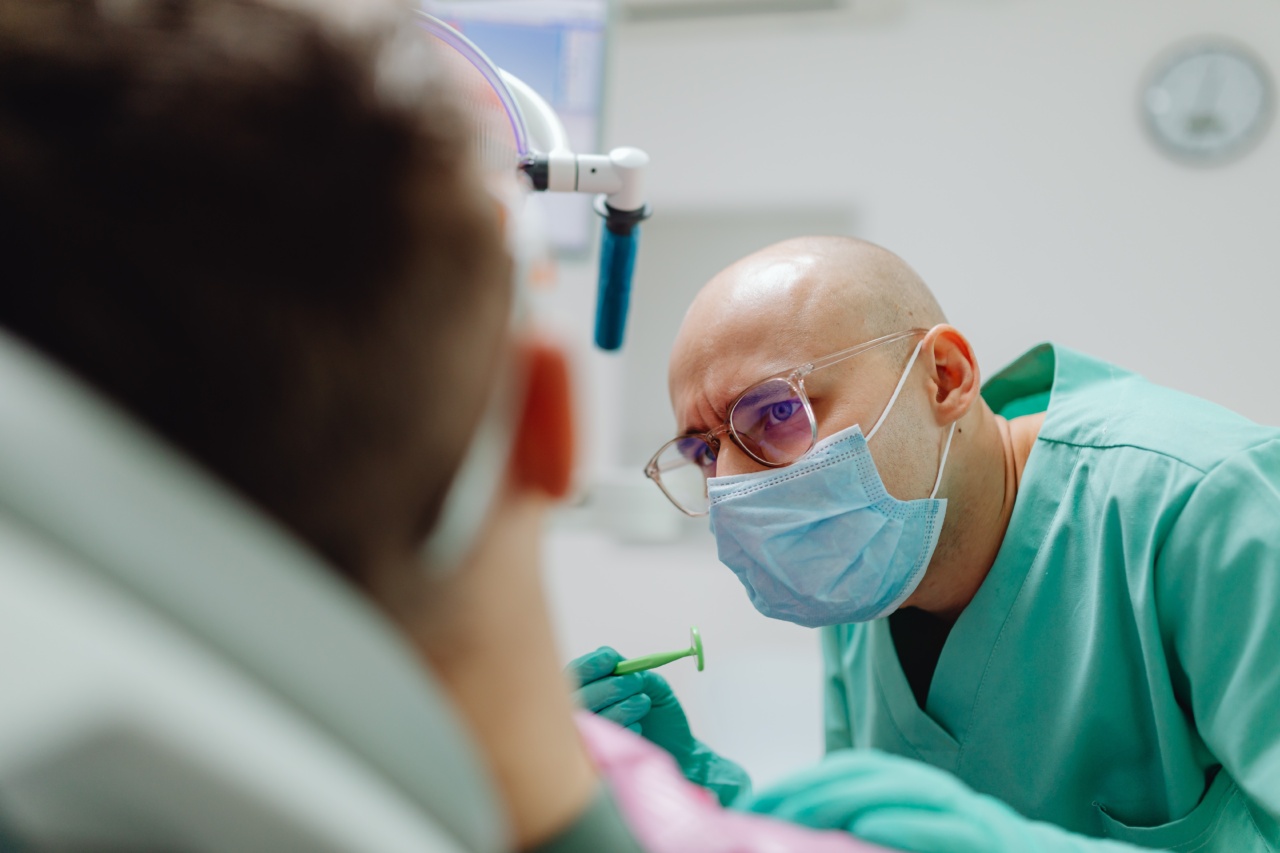Sexually transmitted diseases, commonly known as STDs, are infections spread through sexual activity. These diseases can have severe consequences if left untreated, making early diagnosis crucial for effective treatment.
Fortunately, numerous tests are available to diagnose STDs accurately. In this article, we will discuss the different types of tests used for diagnosing STDs.
1. Blood Tests
Blood tests are one of the most common methods for diagnosing STDs. These tests involve evaluating a sample of blood to detect the presence of specific antibodies or antigens produced by the body in response to the infection.
Blood tests are useful for identifying several types of STDs, including:.
- HIV: The Human Immunodeficiency Virus is responsible for causing AIDS. Blood tests can detect the presence of antibodies or the virus itself.
- Syphilis: A blood test can identify the bacterium Treponema pallidum, which causes syphilis.
- Hepatitis B and C: Blood tests can determine if a person is infected with the hepatitis B or C virus.
It is important to note that blood tests may not immediately detect some STDs. It takes time for the body to produce sufficient antibodies, so false negatives may occur if the infection is recent.
Additionally, some blood tests require confirmatory tests for accurate diagnosis.
2. Urine Tests
Urine tests are simple and non-invasive methods for diagnosing certain STDs. These tests involve providing a urine sample that is then analyzed in a laboratory. Urine tests are particularly effective in detecting the following STDs:.
- Chlamydia: A common bacterial infection, often asymptomatic, that can lead to serious health complications if left untreated.
- Gonorrhea: Another bacterial infection that can be asymptomatic in some individuals but can cause serious health issues like infertility and pelvic inflammatory disease.
Urine tests are generally reliable, but it is important to follow specific instructions for sample collection to avoid false negatives. It’s worth mentioning that urine tests may not be suitable for diagnosing all types of STDs.
3. Swab Tests
Swab tests involve collecting samples from the affected area to detect the presence of an STD. These tests are commonly used for diagnosing infections located in the genital, rectal, or oral areas.
Depending on the specific STD being tested, different types of swabs may be used:.
- Genital Swabs: These swabs are used to collect samples from the vagina, cervix, urethra, or penis.
- Rectal Swabs: Infections like gonorrhea or chlamydia can be diagnosed using swabs from the rectal area.
- Throat Swabs: For oral STDs like gonorrhea or syphilis, swabs from the throat are essential for diagnosis.
Swab tests are advantageous as they provide direct samples from the affected area, increasing the accuracy of the diagnosis. However, it is crucial to collect the samples correctly to avoid false negatives.
Additionally, there might be mild discomfort during the swab test.
4. Physical Examinations
Physical examinations can be conducted by healthcare professionals to visually inspect any visible signs or symptoms of STDs.
During the examination, the healthcare provider may assess the genital area, examine any sores or lesions, and look for abnormal discharge. Physical examinations are particularly useful in diagnosing:.
- Genital warts: Warts caused by the human papillomavirus (HPV).
- Herpes: Characterized by painful sores or blisters in the genital or oral areas.
While physical examinations are beneficial for detecting external signs of STDs, they may not be conclusive for diagnosing all types. Additional tests are often necessary for confirmation.
5. HPV DNA Testing
HPV DNA testing is a specific test used to identify the presence of high-risk strains of the human papillomavirus (HPV) that can lead to cervical cancer. This test is primarily used for women during cervical cancer screening.
The test involves collecting cells from the cervix and analyzing them for HPV DNA. Early detection through HPV DNA testing allows for prompt treatment and management of the infection.
6. Herpes Viral Culture
A herpes viral culture is conducted by collecting a sample from a sore or blister and testing it in a laboratory for the presence of the herpes simplex virus (HSV). This test is often used in cases where symptoms of herpes, such as sores, are present.
It should be noted that viral culture may not be as effective in diagnosing herpes if the sample is taken after the blister has started to heal.
7. HIV RNA Testing
HIV RNA testing, also known as viral load testing, is used to detect the presence of the HIV virus itself rather than the antibodies produced in response to it.
This test is primarily conducted during the early stages of infection or when there is a high suspicion of recent exposure. HIV RNA testing can provide faster results than conventional antibody-based tests but may be more expensive.
8. Saliva Tests
Saliva tests, also known as oral fluid tests, are becoming more popular for diagnosing certain STDs. These tests involve collecting a saliva sample to detect the presence of specific antibodies or antigens.
Saliva tests are often used to diagnose HSV-1 (oral herpes) and can provide convenient and non-invasive screening options.
9. Point-of-care Tests
Point-of-care tests, sometimes referred to as rapid tests, are designed to provide immediate results, usually within minutes.
These tests are particularly useful in settings where quick diagnosis and treatment are essential, such as clinics or emergency departments. Point-of-care tests utilize various methods, including blood, urine, or swab samples, to diagnose STDs such as HIV, syphilis, chlamydia, and gonorrhea.
10. Self-Testing Kits
In recent years, self-testing kits have become available for diagnosing certain STDs. These kits allow individuals to collect their samples in the privacy of their homes and send them to a laboratory for analysis.
The results are typically delivered electronically or over the phone. Self-testing kits can be practical for individuals who may feel uncomfortable or embarrassed seeking traditional medical testing.
Conclusion
Early diagnosis is crucial for the effective treatment of sexually transmitted diseases (STDs). The variety of available tests makes it easier to detect and diagnose these infections promptly.
Blood tests, urine tests, swab tests, physical examinations, and specific tests for particular STDs like HPV and herpes all play a vital role in accurate diagnosis. Utilizing these tests, individuals can take control of their sexual health and seek prompt treatment if necessary. Remember, regular testing and safe sexual practices are key to preventing the transmission and long-term consequences of STDs.





























